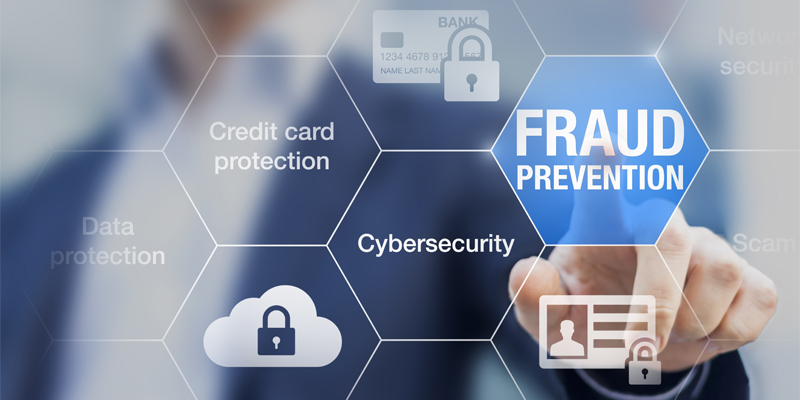How to Protect Yourself from Scams and Fraud in the New Year

$8.8 billion. That’s how much consumers lost to fraud in 2022, according to the Federal Trade Commission.
With so much money on the line, it is vital to take precautions to protect yourself and your wallet from adding to this startling statistic.
The New Year can be a great time to set goals for what you want to accomplish in the year ahead. One item that should not be left off your list: brushing up on fraud prevention.
Here are tips to help.
Common Scams and Ways to Protect Yourself
- Bank Impersonation and Account Takeover: Scammers continue to get more sophisticated in their tactics, including spoofing reputable banks’ phone numbers and emails to target potential victims. One tactic in particular that is on the rise is bank account takeover fraud, where scammers text a large number of consumers asking them to verify a transfer or purchase. Once a consumer responds “no” to the text, the scammer calls them immediately to say there is an issue with their account and to ask for their username, password, contact information, one-time access codes, and more. Never share this information with someone who contacts you unprompted. Ensure you know how and when your bank will contact you as well. When in doubt, hang up the phone or delete the message and contact your bank directly using the phone number on their official website.
- Phishing: Phishing is one of scammers’ favorite tactics, where they send emails and other digital messages pretending to be from reputable companies to trick you into clicking a link infected with malicious software. Never click links, open or download attachments from unknown senders.
- Artificial Intelligence (AI) and Social Engineering: As AI continues to evolve, nefarious actors are leveraging it to target their victims using “deep fakes” and social engineering. Scammers take photos, videos and information from social media profiles and other websites and then use AI to create realistic looking deep fakes. Then they contact family members or friends of the person they’re pretending to be to say they’re in trouble and need money. Scammers will usually ask for payment in cash, gift cards or cryptocurrency and try to create a sense of urgency to get you to act without thinking. These are red flags that you’re being scammed.
- Check Washing: While AI and other digital tools are increasingly leveraged by scammers, one of their older tactics continues to live on with check washing. Fraudsters steal checks from the mail – both home mailboxes and large blue mailboxes – and then “wash” the check before changing the recipient and amount. Avoid sending checks through the mail whenever possible by using online and mobile banking to pay your bills and transfer funds. If you must mail a check, bring it directly inside at your nearest post office to reduce the risk of theft.
If You’ve Been a Victim
- Contact your bank to freeze your accounts, provide you with new account numbers, debit and credit cards. Monitor your accounts closely through online and mobile banking to identify any suspicious transactions.
- Place a fraud alert on your credit report with Equifax, Experian and TransUnion.
- File a report with the police, the Federal Trade Commission (reportfraud.ftc.gov) and Federal Bureau of Investigation’s Internet Crime Complaint Center (IC3.gov).
- Update your online usernames and passwords, including for your bank, social media, shopping accounts, and more. Updating your passwords regularly can help enhance your security.
- Have any devices that may have been compromised professionally cleaned of malware.
For more tips to protect yourself and your wallet, visit our Security Center.

Helping you boost your financial intelligence.
Read our financial resources from your friends at WSFS.



